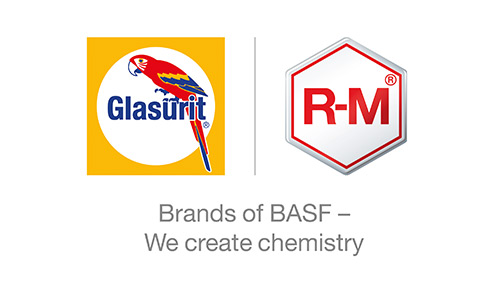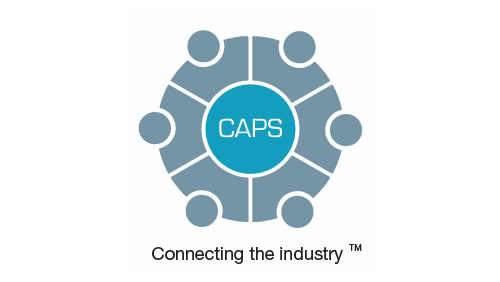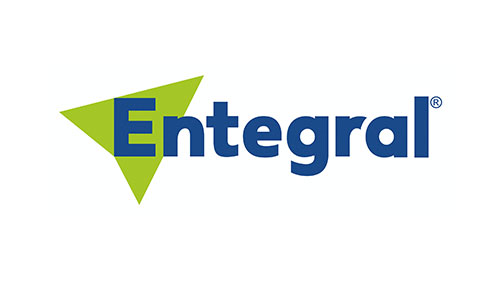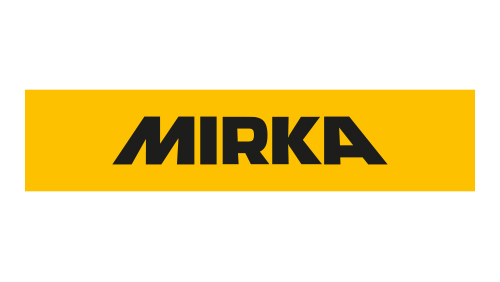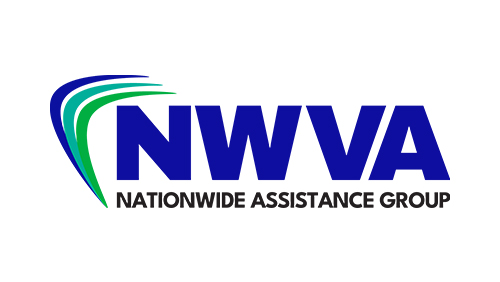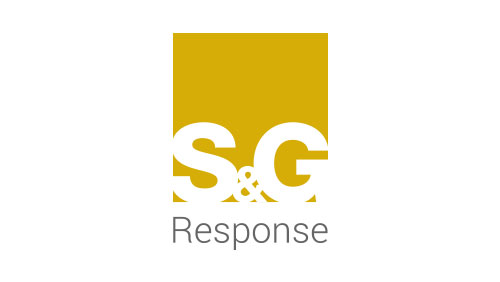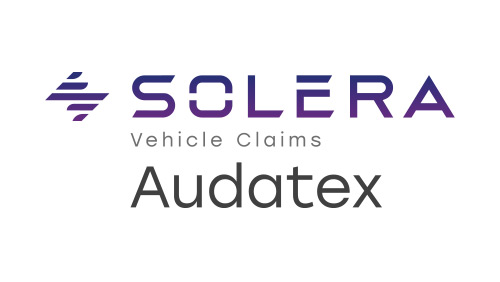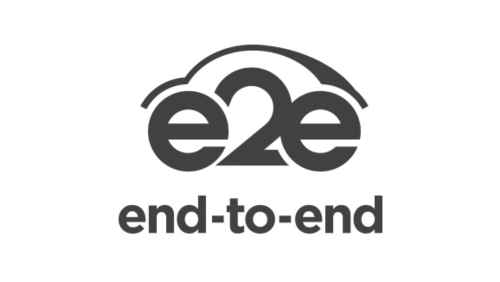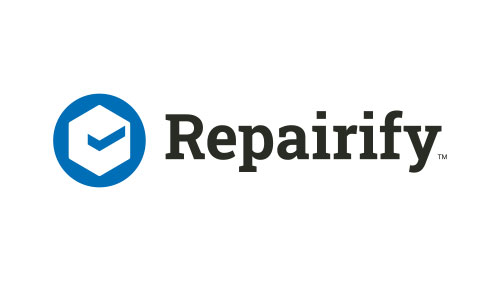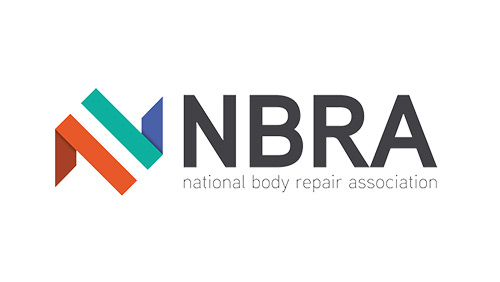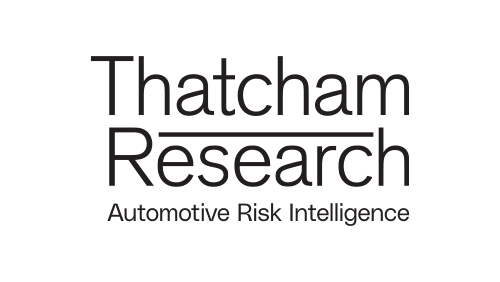New technologies and new entrants to market are pushing back the boundaries of customer service and bringing disruption to what best practice in the sector looks like. As such, the market is in a constant state of flux and businesses are having to rethink their entire strategies to remain relevant.
We spoke separately to ARC360 corporate partner Solera Audatex and insurance partner Covea about what they consider to be key to best practice, and how they are evolving their own services to support an ever-changing market.
Can you give us a brief insight into how you are working with the wider industry to introduce best practice?
Marcos Malzone, VP Product Marketing at Solera: At Solera Audatex, we are continuously exploring new ways to work with the wider industry to streamline the repair process. In fact, we have recently partnered with eBay as a method to integrate alternative parts procurement channels in order to mitigate the disruption in the automotive supply chain.
We are rapidly introducing digital customer engagement technologies to maximise value and experiences as well as AI-enabled solutions that are designed to reduce cycle times, overcome staff shortages and contribute to the reduction in CO2 emissions.
Stephen Long, Director of Operations, Covea: For us, FNOL is critical and needs to constantly progress in order to remain relevant and effective in the future. Customer demands and expectations continuously evolve, technology presents new ways to digitise, integrate, make decisions and automate through the FNOL journey. From a claims perspective, FNOL represents the single most important interaction in the claims journey so how providers can blend these aspects together and understand when to let the technology lead versus when to introduce human intervention will differentiate the best providers and also drive the best claims outcomes for customers and insurers.
How are you helping bodyshops manage fluctuations in volume?
MM: It has been a turbulent past couple of years for bodyshops and market consolidation has proven to be a key driver of change. As a result, insurers and work providers aligned on the work provision front, making it difficult for repairers to deliver against contracted volumes. With this, payment terms and labour rates remain a challenge, only exacerbated by the pandemic.
The growing shortage of skilled labour coupled with longer repair times impacting our customer experience metric, CSAT, means bodyshops must adapt to the current trading conditions and innovate to leverage opportunities.
Solera Audatex will soon be bringing ‘Intelligent Offers’ to the UK market, a consumer-led self-service solution for retail jobs and small repairs to help combat these issues. Customers will be asked via email or text message to submit photos using a simple Guided Image capture tool on their smartphones and get a preliminary repair estimate in under three minutes. This can drive additional repair volume and increase job profitability as it involves lower expenses.
SL: Due to the long-standing nature of our repair network we understand that at this busy time it’s critical for us to remove any friction points and allow networks to focus on completing customer repairs. Our priority is to continue to work tirelessly to ensure nothing from our side holds up the repair, ie, when the repairer needs to get hold of us they can get direct access to the right decision-makers and also that we’re being proactive in directing the right car onto the right track in light of the challenges of parts and skills availability.
How are you adapting your services to suit market trends?
MM: Damage estimating is typically a process prone to errors and subjectivity, affecting shop profitability and overall cycle times when the process is not executed efficiently. In addition, the issue has been compounded by a shortage of experienced damage appraisers.
Introducing AI-based estimating in the claims workflow has been revolutionary in the collision repair process. Computers can now process damage photos, detect parts and damages, and prepare a first cost estimate with speed and consistency. Most importantly, it helps to reduce friction by removing the subjectivity inherent to the damage appraisal process. It is this trusted and scaled technology that the collision repair industry is looking for.
AI estimating can be instrumental in the professional and consumer self-service journeys, and this is what we are doing at Solera Audatex. By integrating visual intelligence in the estimation workflow, it is now possible to detect damages from photos in under 30 seconds and produce a pre-estimate for review in under three minutes.
How are you leveraging innovative technologies to develop your proposition?
MM: There is a great need for estimating to become easier, faster and consistent within the industry. For that, Solera has invested in cloud technology, product usability, and AI to help damage appraisers be able to deliver their work more efficiently and accurately.
Visual Intelligence is at the core of the AI technologies powering Qapter Intelligent Estimating. Users are able to accelerate claims decisions with our machine learning algorithms and digital tools that help policyholders report damages more accurately, predict total loss, and send the vehicle to the most qualified repairer.
With Guided Image Capture now fully integrated with the Audatex’s First Notification of Loss (FNOL) platform, AudaFNOL, its Repair versus Total Loss feature will determine whether the vehicle is repairable or a total loss. This decision is calculated using predictive analytics, based on millions of vehicle damage assessments, enabling accurate triage at FNOL. Using vehicle wireframe technology to build a consistent and high-quality library of images, Solera Audatex’s image capture technology streamlines the overall claims process from the very beginning.
We also use different photo analytics techniques to detect fraudulent cases where images don’t match up to the damaged vehicle, or when they have been manipulated or downloaded from the internet. We leverage big data and predictive analytics to help our customers to analyse trends and predict scenarios to help with future decision making.
How can strong relationships and good communication ensure the safe repair of vehicles?
SL: As noted earlier, the long-standing nature of our network is a critical factor for us and we have long-term confidence in the quality of our repairs based on historic performance. In addition, we have many controls in place that help to give us confidence that this quality happens with each and every repair and as part of a network relationship that we value. Less than two years ago, we were supporting our repairers through the lockdown which hit the industry really hard. We supported them then, and we’ll continue to support them now having every confidence in the quality of work being carried out.
How is sustainability impacting your business strategy?
SL: Like many others, Covea is following a green parts programme which supports sustainability and helps to reduce our carbon footprint. In addition, we support a repair versus replace ethos where appropriate, by ensuring fair repair times and a partnership approach to resolving issues together. We also carefully work with our supply chain to ensure audited practices in the dismantling and recycling of parts along with a proven method of offering quality assured replacement parts back into the repair cycle.




